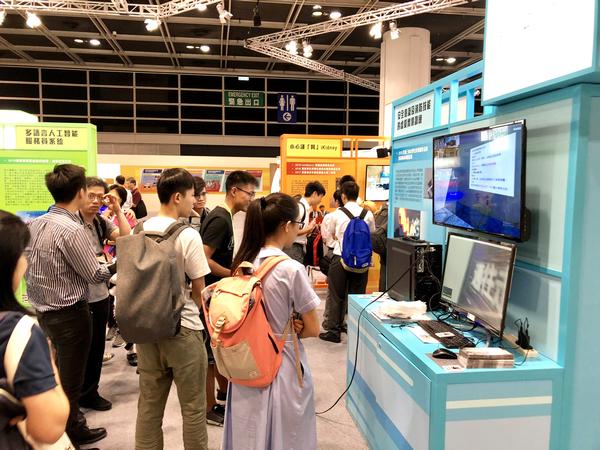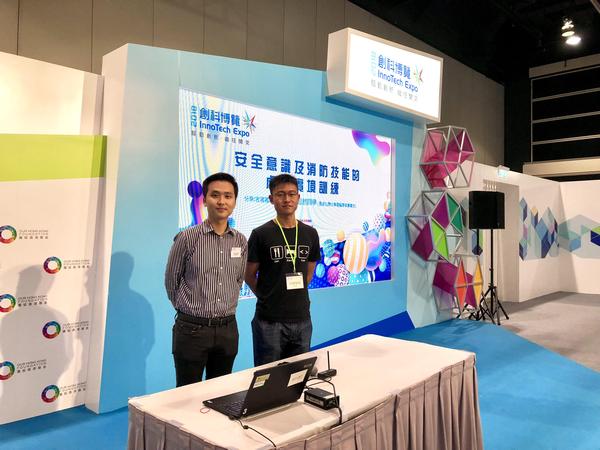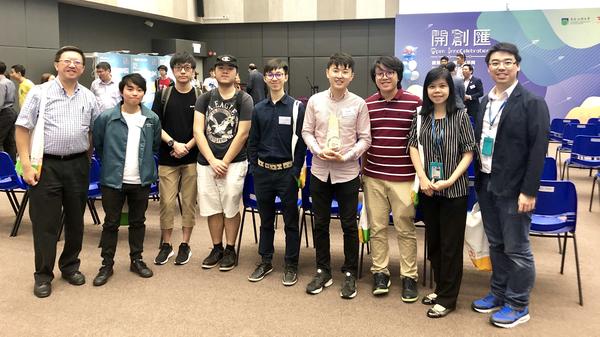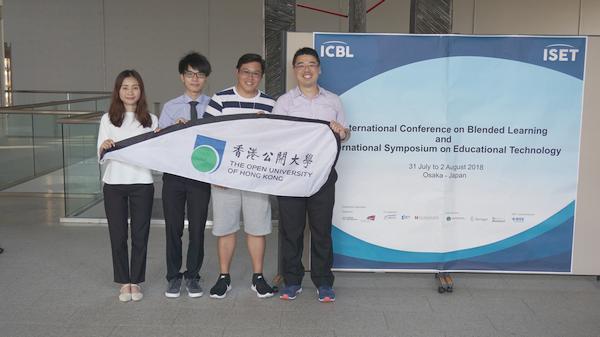Subsidy
JUPAS Entry
For existing students
The program is supported by
Non-means-tested Subsidy Scheme (NMTSS). Eligible students will receive $33,200 subsidy per annum. Please refer to
NMTSS's website for eligibility and more information.
For new students
Starting from 2023 admission, the programme is included in the Study Subsidy Scheme for Designated Professions/Sectors (SSSDP) instead of NMTSS. Eligible students will receive $44,240 subsidy per annum.
This SSSDP programme normally admits students through JUPAS. The JUPAS code has be changed from JS9718 to JSSU72.
Please refer to SSSDP's website for eligibility and more information.
Senior Year Entry
For Senior Year entry students, they may supported by Non-means-tested Subsidy Scheme (NMTSS). Eligible students will receive $33,200 subsidy per annum.
Please refer to NMTSS's website for eligibility and more information.
Admission
This programme provides multiple entry points: Year 1 Entry through JUPAS or Direct Application and Senior Year Entry through Direct Application at the HKMU website.
| Entry Points |
Application Methods |
Code |
| Year 1 Entry |
JUPAS / Direct Application # |
JSSU72 / BSCHCSJ1 # |
| Senior Year Entry |
Direct Application |
BSCHCSJS for Year 2 and 3 Entry |
#Students who are not sitting the HKDSE this year and have an equivalent qualification such as IB or GCE-A Level should apply through [Direct Application].
Admission Requirements
JUPAS Admission
Students should normally have attained in the Hong Kong Diploma of Secondary Education (HKDSE) Examination results of Level 3 or above in Chinese and English, as well as Level 2 or above in Mathematics, Liberal Studies and an elective subject.
All courses are weighted the same. Please refer to JUPAS website for more JUPAS admission information
First Year Tuition Fee *
The amount of subsidy for the JSSU72 programme under the SSSDP is HK$44,950 per annum while NMTSS is HK$33,200 per annum. The subsidy is tenable for the normal duration of the study programme concerned and is subject to the students' satisfactory fulfilment for progression in the study programme. The government's terms and conditions apply.
Tuition Fee after subsidy:
|
SSSDP |
NMTSS |
| First Year |
HK$34,610* |
HK$45,120* |
| Total (4-Years) |
HK$138,440* |
HK$180,480* |
*Please refer to the JUPAS page for updates and details.
*The estimated tuition fees listed above are for reference only. Tuition fees are charged according to the number of course credits taken by a student. A student will normally take 40 credits in an academic year.
*The subsidy is tenable for the normal duration of the study programme concerned and is subject to the students' satisfactory fulfilment for progression in the study programme
Senior Year Entry
| Entry Points |
Admission Requirements |
| Year 2 |
Recognized Associate Degree/Higher Diploma in any area |
| Year 3 |
Recognized Associate Degree/Higher Diploma in computing or a closely related area |
Admission Application
Students interested in this programme should apply through non-JUPAS Direct Application. The programme code is
BSCHCSJS for both Year 2 and Year 3 entry.
Please refer to the program's website for below or more information
- Application Procedures
- Online Application
- Tuition Fees, Scholarships and Financial Assistance
Scholarships and Awards
Full-time MUHK Computing students with outstanding academic performance and other achievements may be nominated for scholarships and other awards in a competitive manner.


















